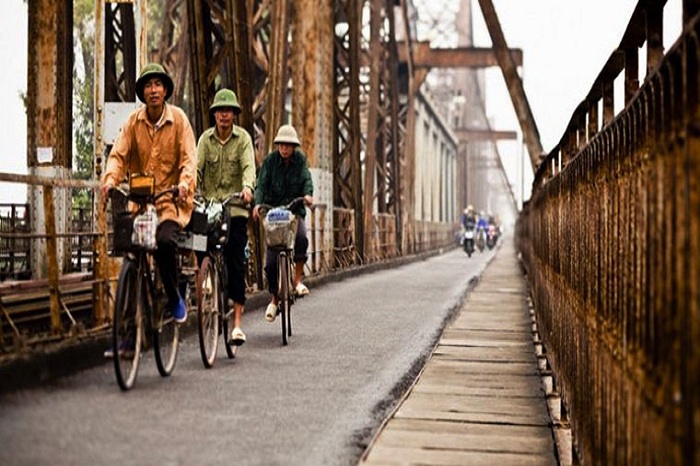
The Long Bien Bridge: a true icon of Hanoi
- on Jul 14, 2020 By: Ngoc Nguyen
The heavy and long rusty metal frame of the Long Bien Bridge is an integral part of the urban landscape of Hanoi, the capital of Vietnam. This steel lace construction which spans the Red River has been classified as a historic relic of Hanoi. A fragile architectural work of prime importance that has crossed the capital's contemporary history. A must-visit during your stay in Hanoi.
History of the Long Bien Bridge
A Colonial symbol, the Long Bien Bridge, then baptised the Paul Doumer Bridge during the colonial period in homage to the Governor-General of Indochina who spurred its construction. It was built between 1898 and 1902 and was inaugurated in 1903 with great fanfare by the future president of the republic and in the presence of King Thanh Thai. In the competition opened in 1897 for the construction of the Paul Doumer Bridge, many French construction companies presented themselves.

Despite what we heard too often, it was not the Eiffel Company that was chosen but the project of the House Daydé and Pillé, even if it was then later by the Eiffel Company. You can today still see the metal plaque with the name of the company inscribed on one of the pillars of the bridge. The first stone was laid and work began in the dry season, in September 1898.
At the time, the Paul Doumer Bridge was a real technical feat, one of the four longest bridges in the world and the most striking in the Far East. Supporting the 1,682 m of this bridge, twenty pillars of a height of 40 m were supported on buried caissons up to 30 m below the low water level. The bridge was initially accessible only to bikes, trains and pedestrians. In 1923, a highway was added. The bridge allowed Hanoi residents to cross the Red River, and above all allowed trains to cross the river to Haiphong, Tonkin’s largest commercial port.
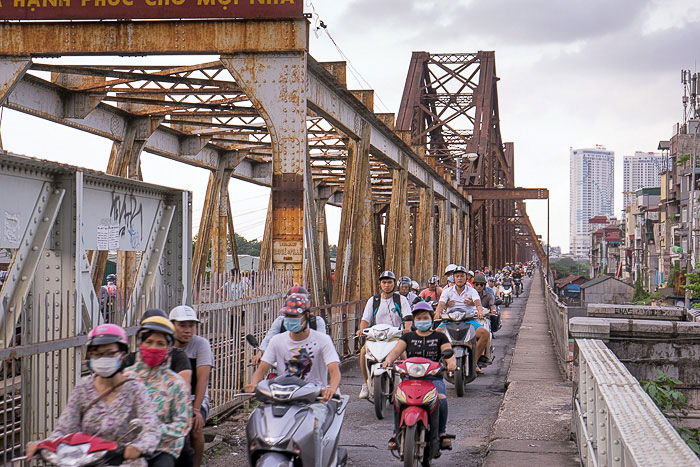
The train is still running today, but only two-wheelers and pedestrians are allowed to cross the bridge. This is a popular walking place for Hanoians and photographers, especially for wedding photos. The sunset over the bridge is a photogenic spectacle not to be missed during your stay in Hanoi. Do not hesitate to cross the bridge to get to the other side where there are restaurants facing the bridges. You will then be in the front row to see the old jerky trains all screaming sirens on the bridge.
The steel dragon riding the Red River was bombed multiple times from 1967 to 1972 by American aircraft during the Vietnam War. It became a symbol of the resistance of the Vietnamese people because although damaged, it never broke. Today, there are only six arches out of the original nineteen and only a third of the current pieces are original.
Long Bien night market
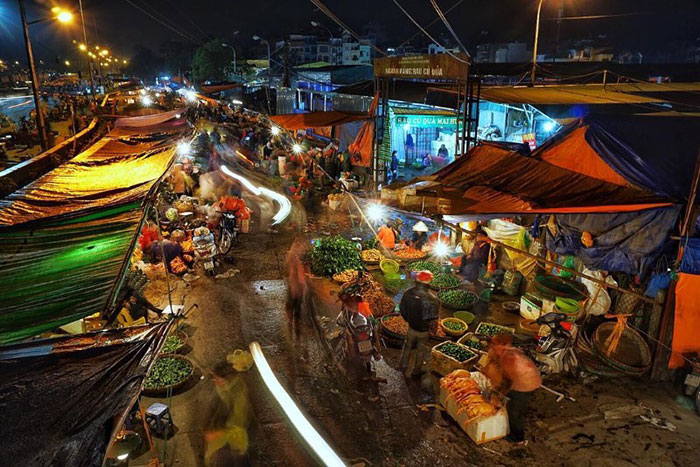
The Long Bien night market, located under the eponymous bridge, is the largest wholesale market in Hanoi. Every night and until the first light of day, an incessant ballet of trucks unloads goods from all over Vietnam while retailers, some on bikes, come to stock up and then go to sell their goods in different districts of Hanoi. The bustling Long Bien market mainly sells vegetables but there is also a market sector devoted to seafood from Halong and Haiphong. It’s a truly extraordinary sight especially as we approach Tet, the Vietnamese New Year. The Long Bien market then experienced the greatest effervescence of the year and became a real anthill, guaranteed atmosphere!
Banana Island under the Long Bien Bridge
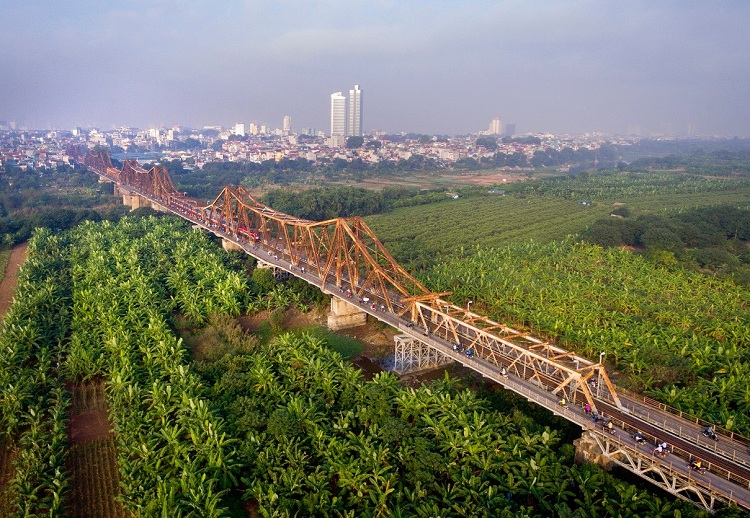
Still under the Long Bien Bridge, there is a long strip of land that the people of Hanoi call Banana Island because of the many banana plantations situated there. The fruit grown of a long process of accumulation of alluvial streams generated by the Red River, the Banana Island enjoys a fertile soil which allows one to grow all kinds of fruits, vegetables but also flowers. It is a charming, bucolic place whose tranquillity contrasts with the bustle of Hanoi. You can discover this lovely countryside spot on foot and by bike to meet its inhabitants who boast of growing the best vegetables in Hanoi, without chemical fertilizers! During the dry season, the Banana Island reveals seasonal beaches, one of which is reserved for nudists. This is a beautiful walk that will allow you to enjoy a unique view of the Long Bien Bridge, the elongated Iron Lady of Hanoi.
Related articles:
>> The Vietnamese Women's Museum, an unusual visit in Hanoi
 Español
Español Français
Français







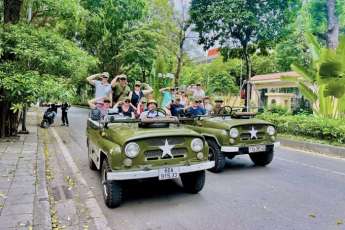
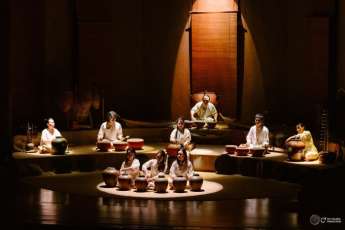

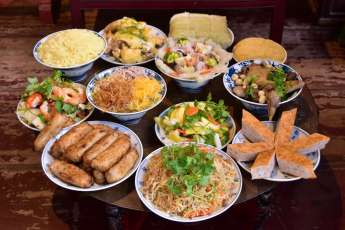
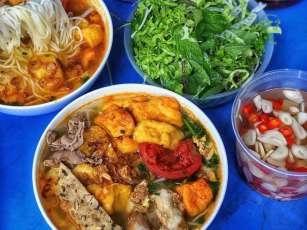








TraZefUK
on Nov 28, 2025HerbertPhomaMS
on Oct 19, 2025Lilyan Cuttler
on Oct 15, 2025Avenue17XC
on Sep 14, 2025Avenue18JL
on Jul 21, 2025